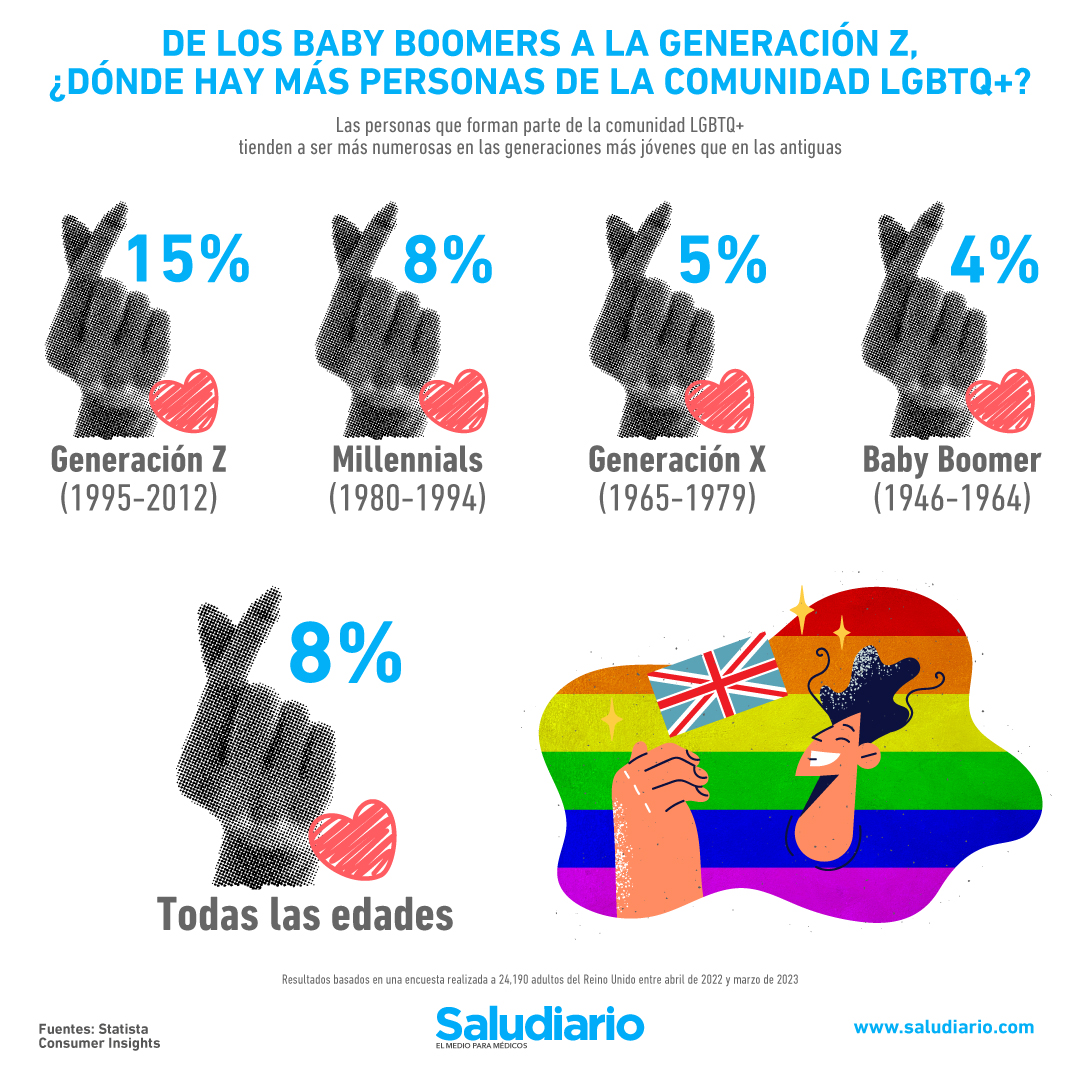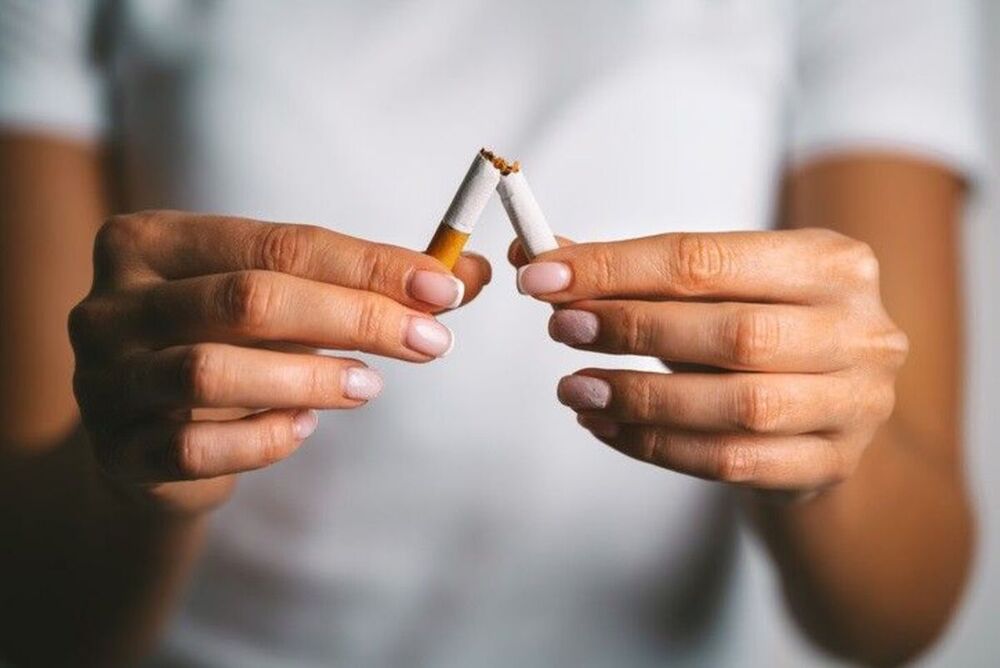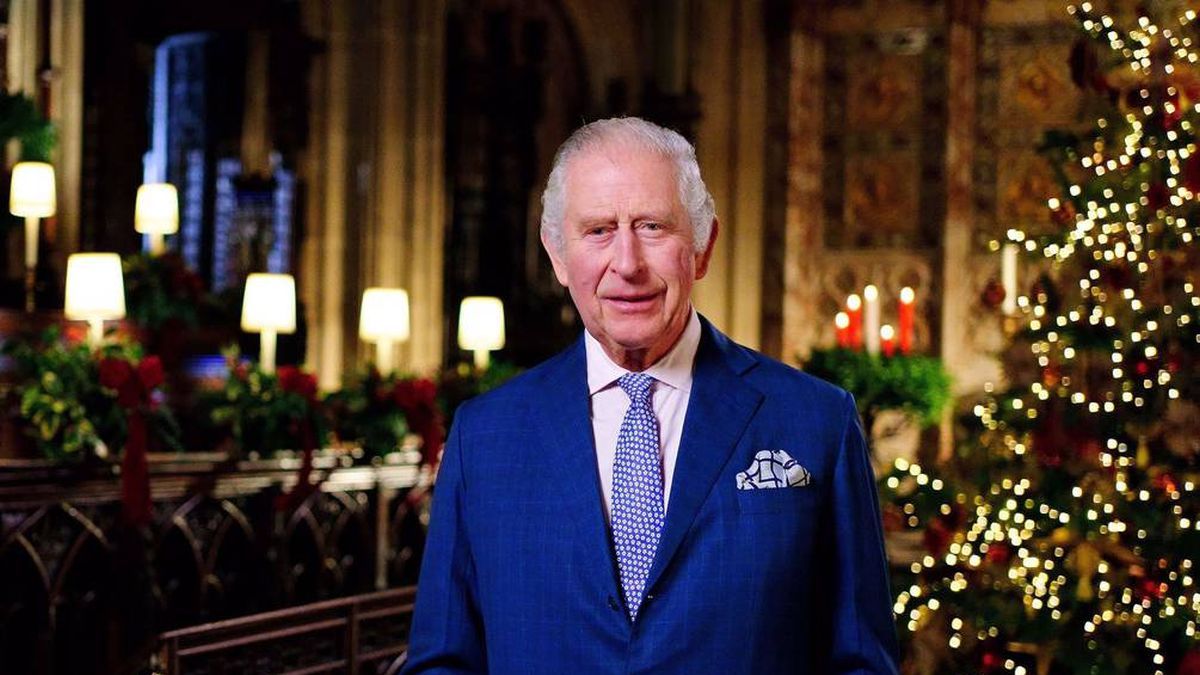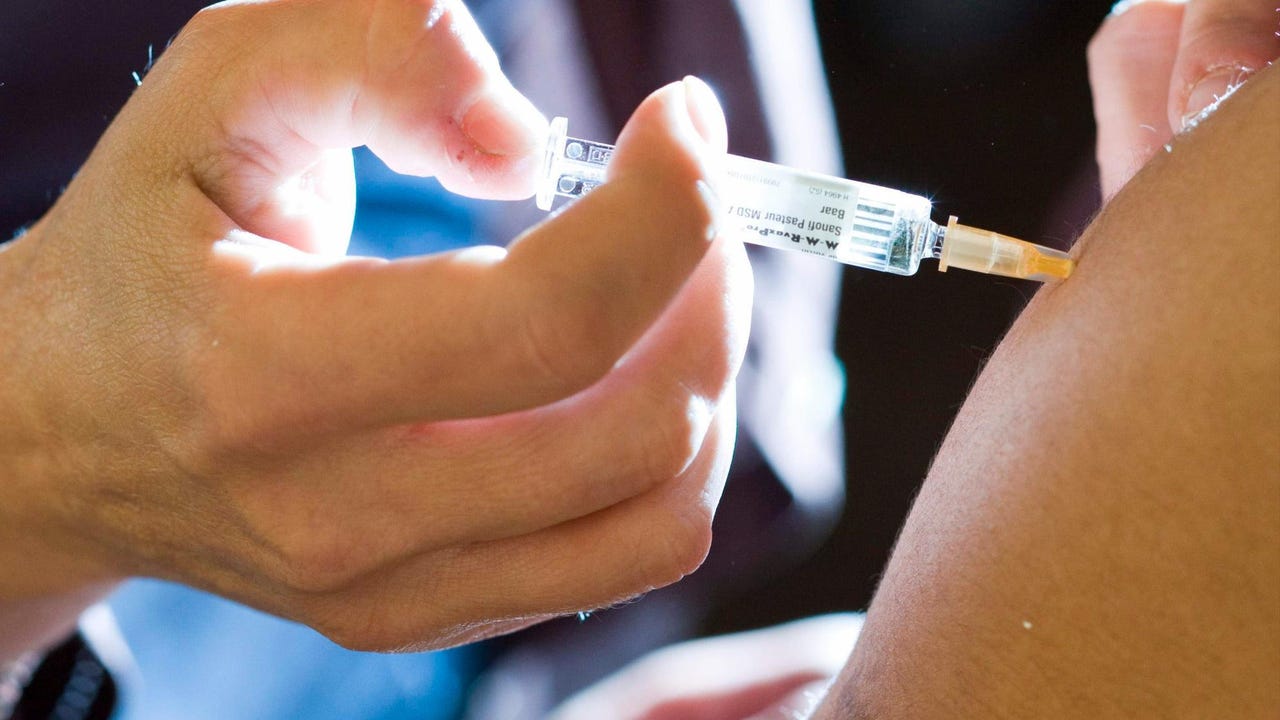- On May 17, 1990, WHO removed homosexuality from the list of mental illnesses and accepted it as a variation of human sexuality.
- An international survey found that young people are not afraid to admit they are part of the LGBTQ community.
- Despite progress, prejudice persists against people with sexual orientations other than those considered “normal”.
During the month of June is celebrated pride month and it is the time when The LGBTQ community is gaining greater visibility. But while there is now greater open-mindedness, this has not always been the case due to decades of intense repression. In fact, even health authorities have taken too long to recognize sexual diversity as natural.
Homosexuality is not a disease
Just a reminder, May 17, 1990 is a historic day because The World Health Organization (WHO) has decided to remove homosexuality from the list of mental illnesses and accept it as a variation of human sexuality.
For its part, it is Pan American Health Organization (PAHO) mentions that there is a lack of information about public health lesbian, gay, bisexual, and transgender (LGBT) groups. in America hid his health situation. It also delays actions that can be implemented to combat stigma, improve their health, and save lives.
He added that prejudice and ignorance about the reality of people in the LGBT community in society in general and in the health system in particular also contributes to ignorance of their problems, general conditions and well-being.
As a result, many people show up late for services and their health conditions or problems are treated late with an unfavorable prognosis. For example, HIV infection, which has a particularly high prevalence among men who have had relationships with other men and transgender women in Latin America and the Caribbean, is diagnosed very often late among people in these populations.
In which generation is the LGBTQ community more numerous?
On the other hand, beyond open-mindedness in society, there is now a greater recognition by people of themselves. For example, a survey conducted by Statista Consumer Insights identified this trend among different generations.
More than 24,000 people from England of all ages participated. What it found was that 8 percent of adults aged 18-64 considered themselves part of the LGBTQ community; What is arguably more interesting, however, is the generation gap.
For their part, 15 percent of those surveyed born in 1995 or later said they considered themselves part of the the LGBTQ community. The same is true for only the 4 percent of respondents born in 1964 or earlier.
This may be evidence of increased acceptance of different sexual orientations, leading to the fact that those who have matured recently are far more likely to self-identify as LGBTQ+ than people born and raised during different sexual orientations. bigger. many are still condemned, taboo or even banned.
The generational gap in LGBTQ identification is not limited to the UK. At the beginning of this year, Gallup found that this community reached an all-time high in the United States in 2022.
Also read:
They created Mexico’s first telemedicine platform for women and the LGBTQ+ community and that’s how it works
PAHO joins popular LGBTQI+ dating app to report on MPOX in Latin America
Graphic of the day: Countries that legalize adoption between LGBT couples

“Internet trailblazer. Troublemaker. Passionate alcohol lover. Beer advocate. Zombie ninja.”







/cloudfront-us-east-1.images.arcpublishing.com/eluniverso/FTEC73B3HFHWHOUJFHJPCYHHY4.jpg)